Growth Newsletter #287
I’ll never forget the first time I saw just how influential influencer marketing could be.
I was working at an ad agency in 2019. We were in the midst of launching a national campaign for a well-known grill manufacturer.
Our social media budget was largely split into two buckets: “produced” video ads and influencer efforts.
The polished ads started with the lion’s share of the media dollars. And the influencer efforts felt like an experimental bolt-on to help round out the campaign.
Our expectations couldn’t have been more wrong.
After the campaign went live, there was a clear and obvious gap between the performance of our middling “ads” versus the breakout videos from our influencer partners.
As a creative who was more involved in the campaign “ads” than managing influencers, my pride took a hit. I asked myself an existential question:
“Why did we spend the time and money writing scripts, finding a director, hiring talent, securing locations, shooting, and editing if it couldn’t outperform a 20-second ‘shot on iPhone’ video from a backyard griller?”
This showed me firsthand that influencer marketing was something to take seriously. And since 2019, the influence of influencers has only grown stronger.
That’s why today, we’ll cover the basic principles of influencer marketing for traction-stage startups. It’s an appetite-whetting slice of the material we cover in our Growth Program 2.0, which has more comprehensive guidance on strategy and tactics.
If your interest is piqued, consider yourself influenced. Let’s get to it.
— Gil
This week's tactics
Influencer Marketing Basics for the Traction Stage
Insight from Gil Templeton — Demand Curve Staff Writer
When done right, influencer marketing gives startups a scalable, budget-friendly way to grow their audience and credibility. It can put your product in front of the right audiences, and it can also be an efficient way to produce content (which can be draining when done in-house or through production houses).
A lot of founders and marketers might start by thinking, “How do I get creators to post about my product?”
But the better question to ask is: “How do I find creators whose audiences genuinely need what I’m building?”
This shift can change a lot about your approach, from who you target to how you measure success.
Influencers who have a loyal, engaged following can help businesses grow their awareness, sure. But their superpower is their ability to build trust. When an influencer has earned credibility with their audience, that equity is marketing gold.
Reasons to Consider Influencer Marketing
- Conversion: Create an affiliate engine by arming a community of influencers with performance-based compensation.
- Grow organic social following: Some influencers’ followers will likely follow your company account. You can then reach them “for free” with organic posts.
- Social proof: Influencers’ audiences see your collaboration as a stamp of approval for your brand.
- Get content: Influencers can serve as a content-creation arm. And you can use that content for your own ads, organic posts, landing pages, etc. depending on how your agreement is structured.
Goals of Influencer Marketing
In order to guide your approach to influencer marketing, ask yourself what you ultimately want to get from your campaigns. This can be broken into four general goals, outlined below with examples for each:
- Are you looking for a high return on ad spend (ROAS)?
- HVMN works with fitness and nutrition influencers on YouTube to reach audiences who regularly purchase supplements, with the goal of increasing ROAS, shown here featuring their Ketone-IQ product.
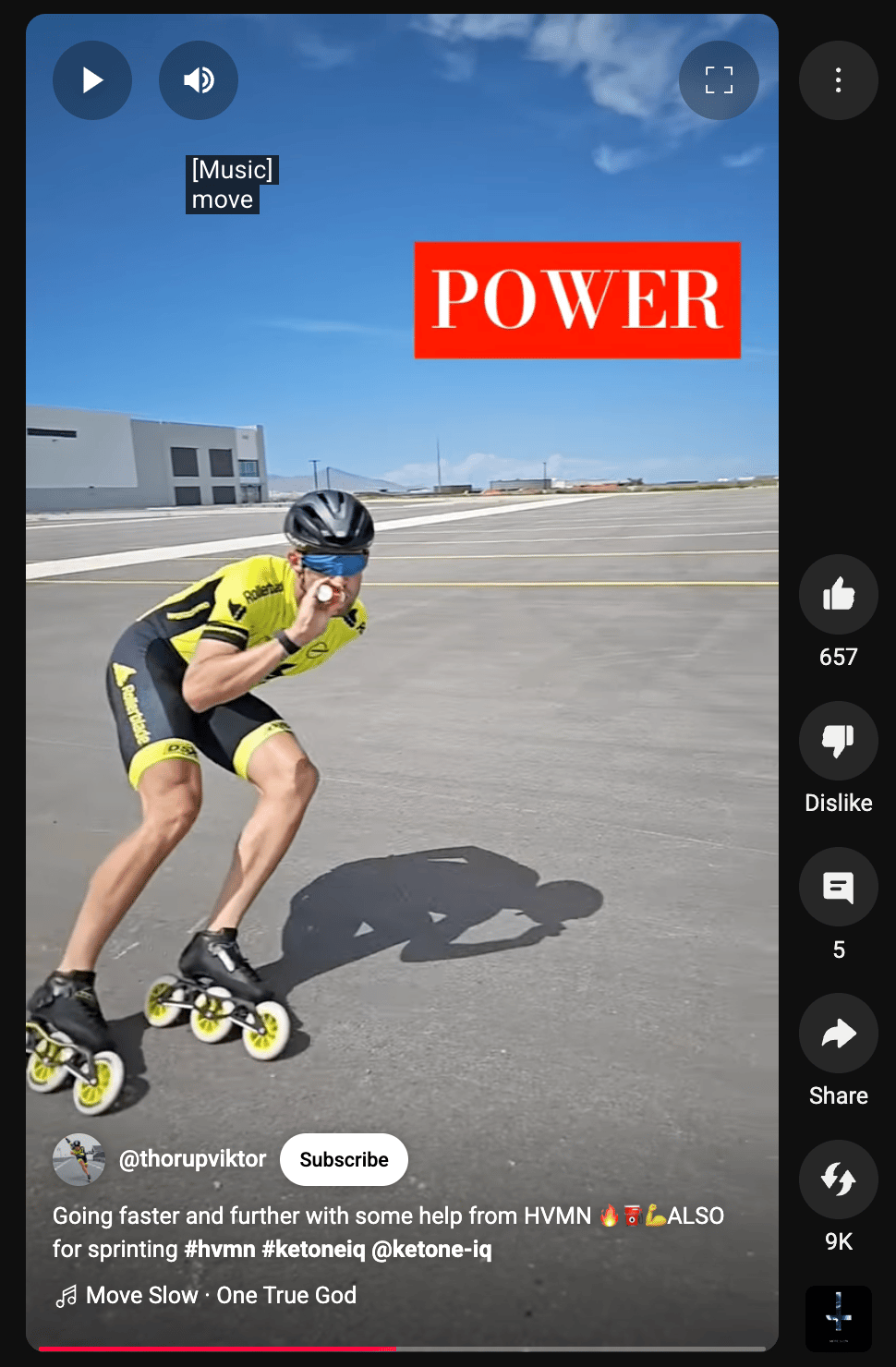
- Are you building a community?
- Athletic Brewing, a non-alcoholic beer company, works with sports and outdoor influencers whose Instagram audiences are often looking for healthy alternatives to alcoholic beer. They focus on building community and brand awareness.
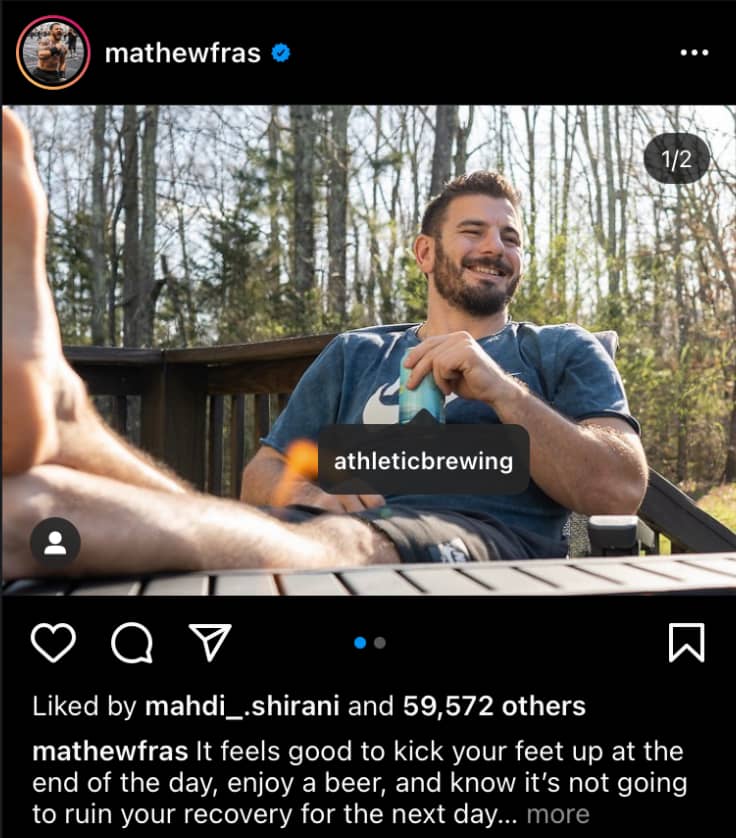
- Are you prioritizing impressions and awareness?
- Snowflake collaborates with industry experts and data analysts for The Data Cloud Podcast, which is produced by Snowflake. These cross-pollinated partnerships focus on thought leadership and brand authority in the enterprise data space.

- Do you need help with the production of quality content?
- Mutiny has partnered with marketing influencers on LinkedIn who share challenges and wins in ABM marketing. The campaigns are designed to convert awareness into trials and product adoption (direct ROAS and pipeline impact).
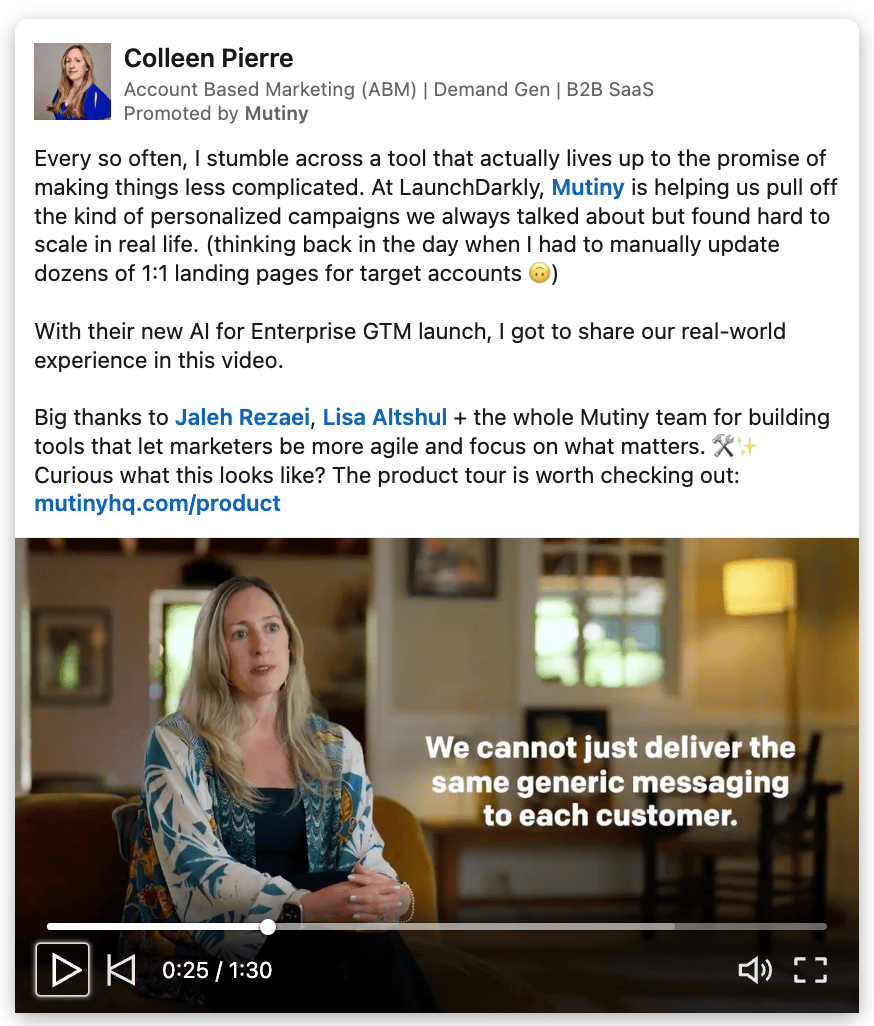
Why Creator Partnerships Can Work for Early-Stage Businesses
Earns trust at massive scale: Instead of spending months building brand credibility from scratch, you borrow trust from creators your target users already follow and respect. When someone with an engaged following recommends your product, you become a beneficiary of their accumulated social capital.
Acts as a two-for-one growth channel: It’s simultaneously a short-term growth lever (direct distribution to engaged audiences) and a long-term brand asset (awareness, social proof, and market positioning). Strong creator partnerships can build both immediate conversions and lasting brand equity.
Enables rapid narrative testing: You can test different messages, hooks, and positioning through creators’ authentic voices, often learning more in a week than months of A/B testing your own content.
Provides high-signal qualitative feedback: Unlike paid ads that optimize for clicks, influencer partnerships generate rich qualitative insights through comments, DMs, and authentic reactions that can inform your entire marketing strategy.
Creates content at scale: Collaborations can generate quality content you can repurpose across your own channels, which can multiply your content output compared to standard approaches.
The Human Element of Influencer Marketing
This channel is fundamentally different from most other growth channels, because you’re working with real people, not just trying to appease algorithms (although that helps, of course). This changes so much about the mindset you should approach it with.
This Is Hands-On
Unlike Meta Ads or Google Ads that you can largely automate once optimized, influencer marketing requires ongoing relationship management. This is not a mere “set it and forget it” play.
Practical implications:
- You’ll spend time getting to know creators personally
- Your response time matters. Creators value quick, thoughtful communication.
- You need to stay engaged throughout the collaboration, not just at the beginning.
- Know that every partnership is unique and requires different approaches
The upside: This hands-on nature creates defensible relationships that competitors can’t always replicate. Once you build genuine, strong connections with creators, they can become long-term partners and brand advocates.
You’re Nurturing Relationships, Not Executing Transactions
The most successful influencer programs treat creators as collaborators and brand partners, not advertising inventory. This mindset shift changes how you approach everything from initial outreach to ongoing partnerships.
Transactional thinking (avoid this):
- “How cheaply can I get this creator to post about us?”
- “Can we get them to post exactly what we want them to say?”
- “What’s the immediate ROI on this one post?”
Relationship thinking (do this):
- “How can we provide value to this creator and their audience?”
- “What would make this creator genuinely excited to work with us long-term?”
- “How can we help this creator create their best content while naturally showcasing our product?”
Practical implications:
- Spend time watching their content and familiarizing yourself with it
- Send thoughtful intro messages that show you’ve “done your homework”
- You can send products for creators to try before asking for anything
- Bring them into the fold early in strategy sessions if they’d like
- Share their content and engage with their posts regularly
- Introduce them to other creators in your network
- Consider providing exclusive access to new features or behind-the-scenes content
- Celebrate their successes publicly
Don’t Confuse Impressions With Influence
A creator with 10,000 highly engaged and trusting followers will likely drive better results than a celebrity with 100,000 passive followers. Focus on the influence (the ability to drive action) rather than mere reach or vanity metrics like follower count.
Some hallmarks of real influence:
- High-quality comments that show genuine engagement
- Followers who ask questions and seek advice
- Strong conversion rates on previous sponsored content
- Active community discussions around their posts
- Followers who describe the creator as trustworthy or inspiring
Here are a few examples of comments sections (for creators ChiefGetItDoneOfficer and Joseph Abell) that suggest strong engagement at a perfunctory glance.
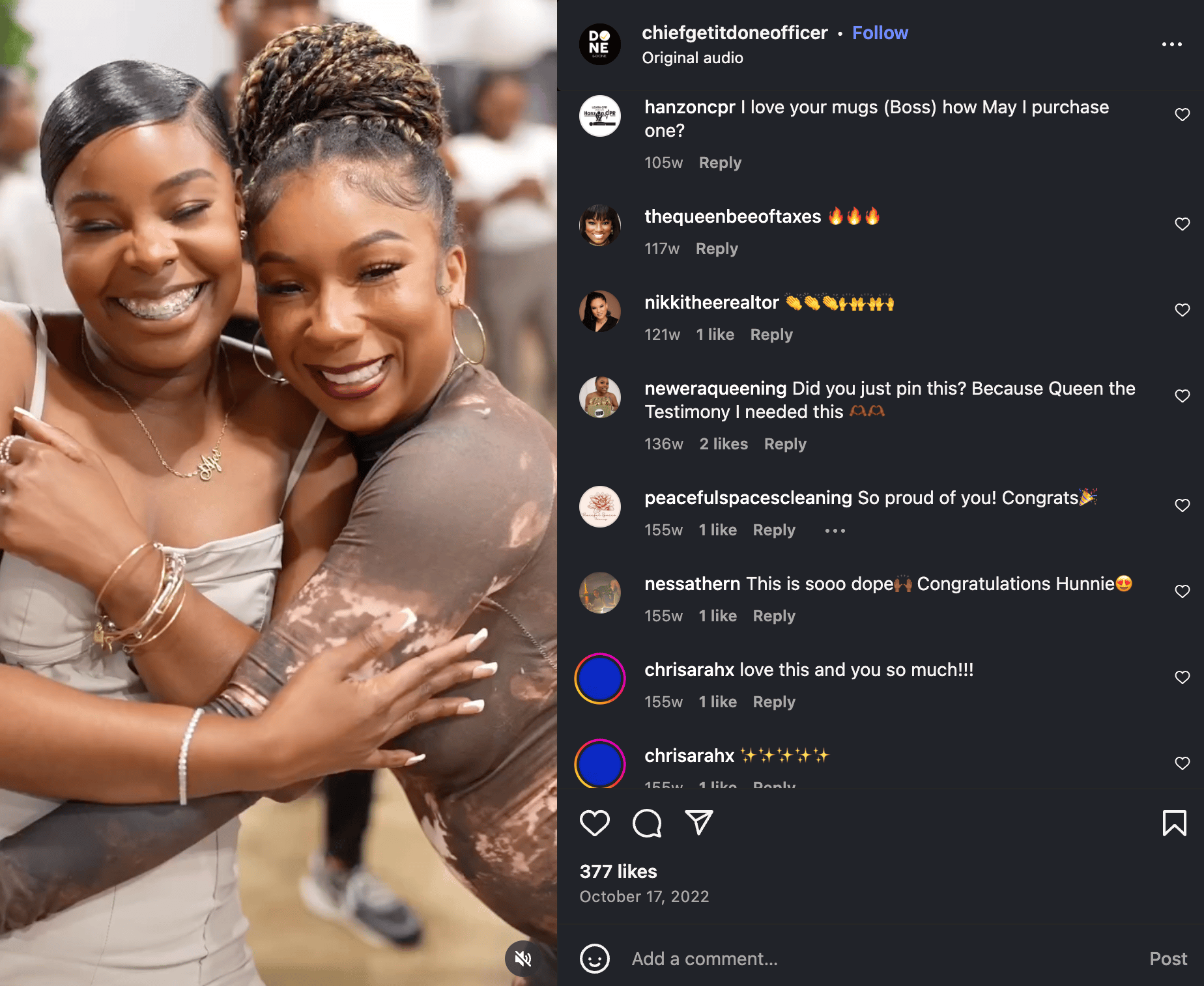
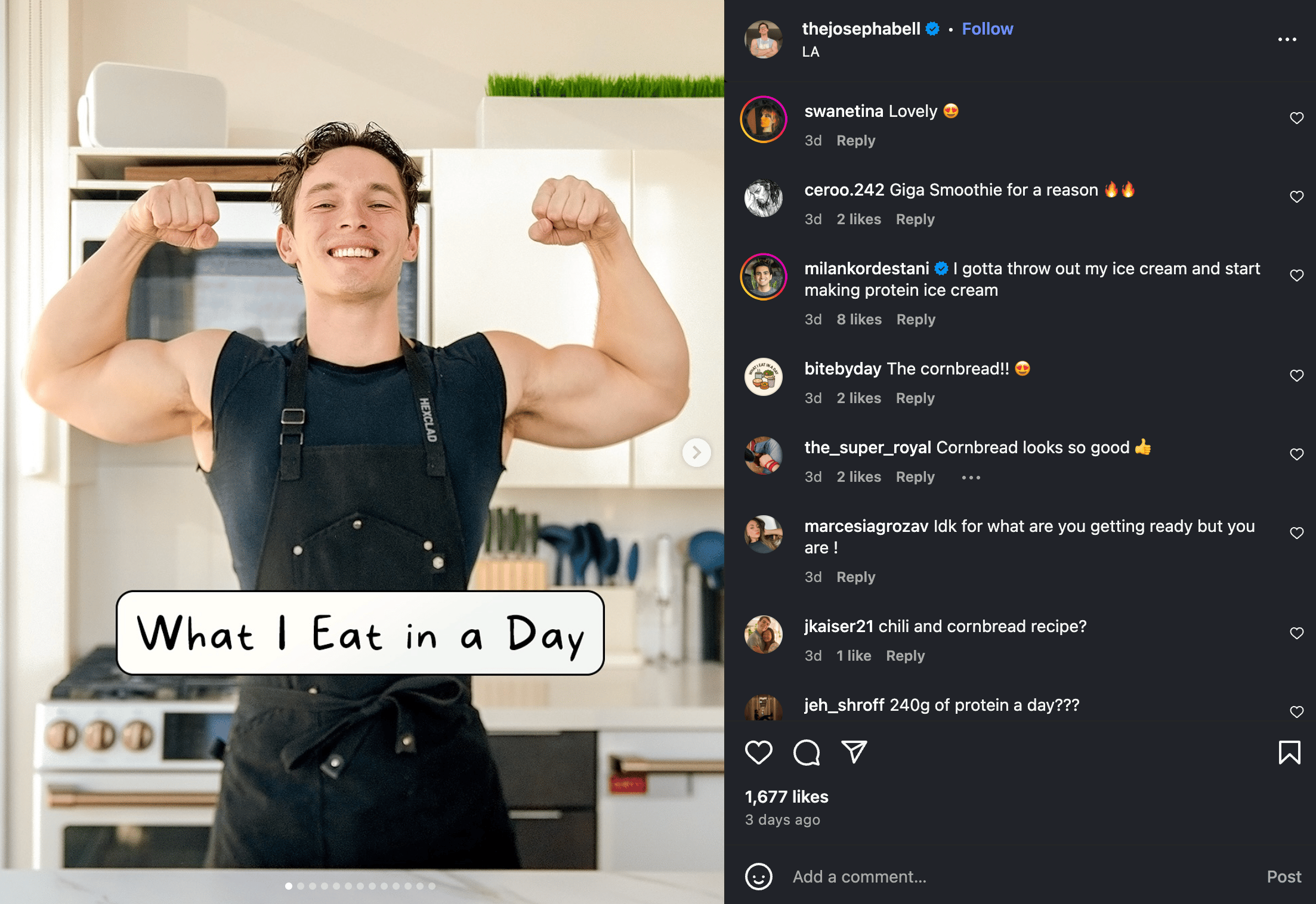
The Psychology of Influence: Three Types of Capital
To work effectively with creators, you need to understand the psychological drivers that motivate both creators and their audiences to share content. Think about it as three types of "capital" that people gain or lose through their sharing behavior: financial, social, and personal.
Financial Capital: Economic Incentives
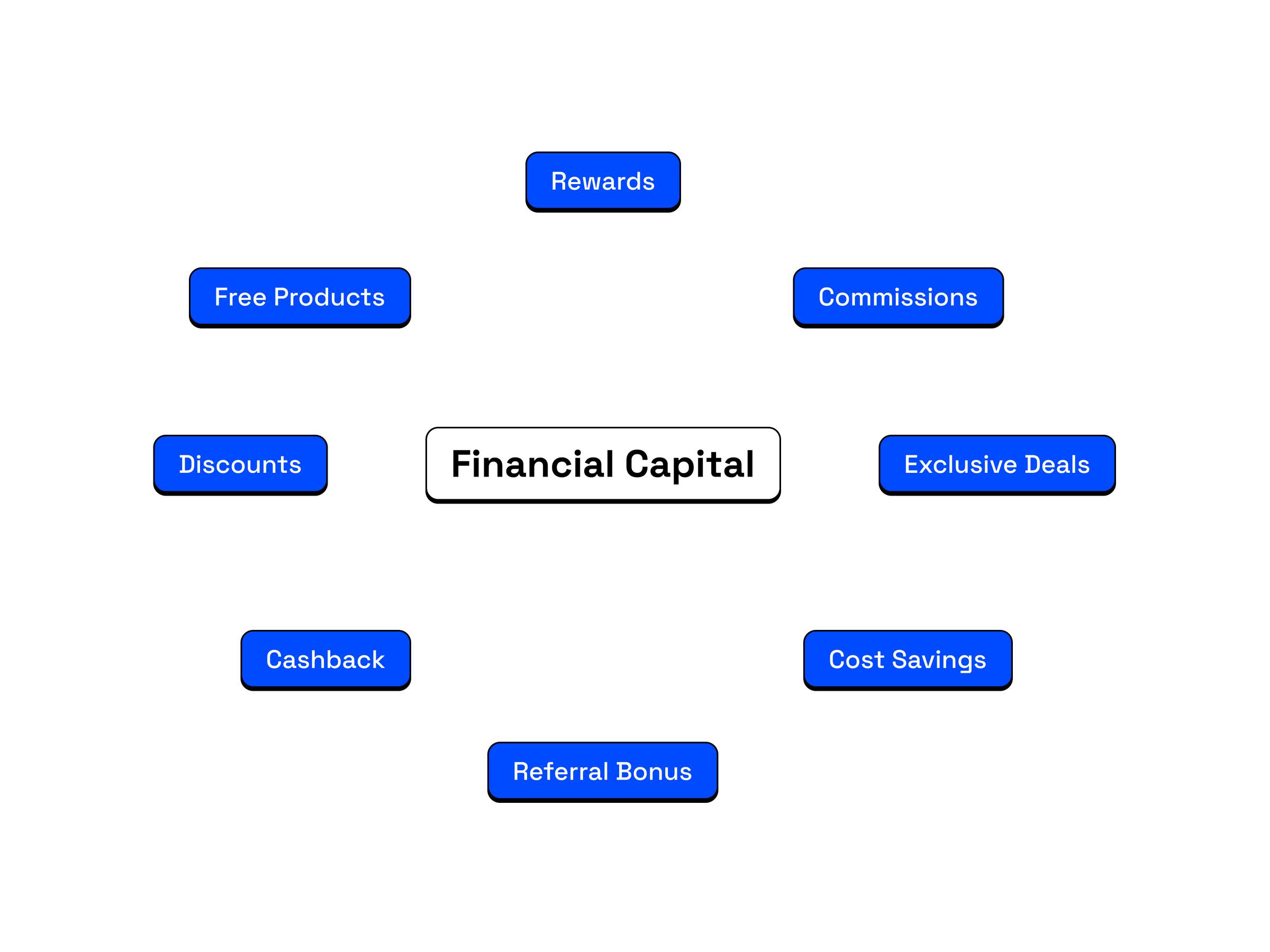
What it is: Financial capital refers to direct economic value (money, free products, discounts, or anything that improves someone’s financial position). Here, people share when they can gain something financially or help others do the same.
This is the most straightforward and old-school motivation: people are more likely to share content when there’s a clear economic benefit involved.
Examples:
- Uber: Creators share promo codes where new users get discounts on their first rides, while the creator earns ride credits or cash bonuses.
- HubSpot Affiliate Program: Creators, consultants, and trainers earn recurring commissions when their audiences adopt HubSpot, while those audiences often get extended trial offers or discounted onboarding.
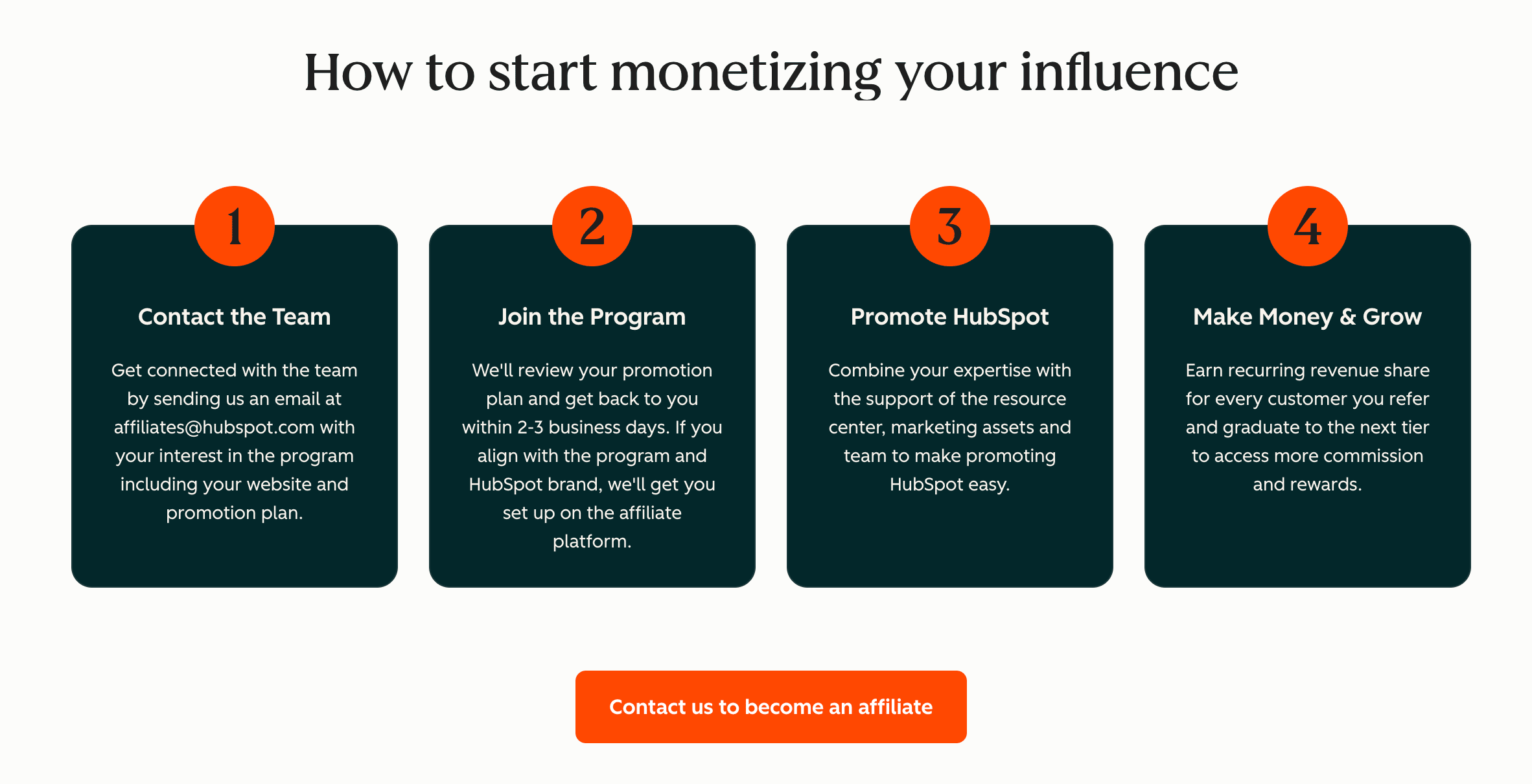
- LinkedIn Learning Instructors: Subject matter experts (SMEs) share courses that drive revenue through royalty payments, while their audiences gain access to discounted learning paths and certifications that boost career outcomes.
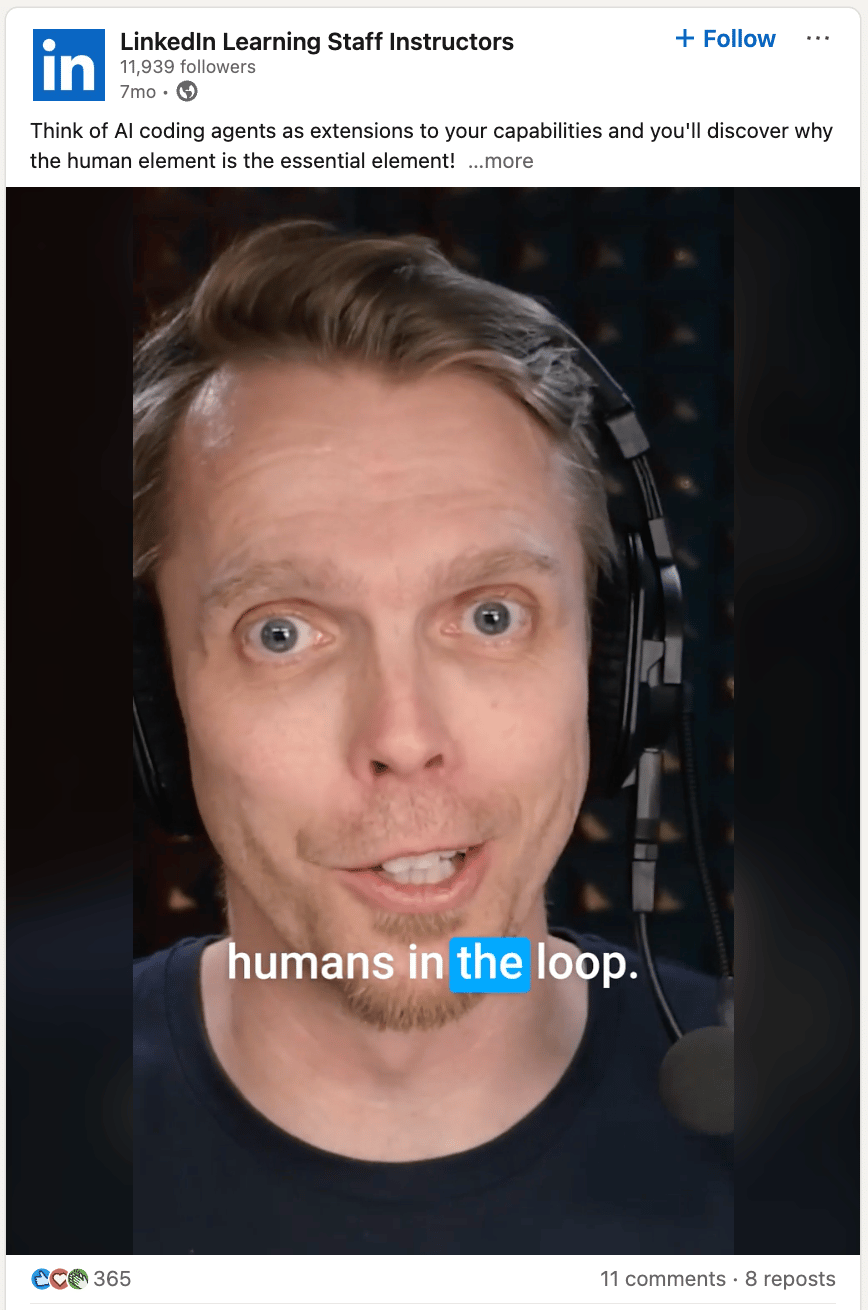
For creators: This leads to payoffs like direct monetary compensation, affiliate commissions, free products with real value, and discounts.
For audiences: They stand to gain discount codes, cash back opportunities, free trials, exclusive deals, and referral bonuses.
How to leverage this:
- Offer creators competitive affiliate rates (often 15-30% for digital products, 10-20% for physical products)
- Provide audience-exclusive discount codes that make sharing feel valuable
- Create referral programs that reward both the creator and audience
- Give creators early access to sales or limited releases
- Ensure your offer has clear monetary value that’s easy to communicate quickly
Social Capital: Status and Perception
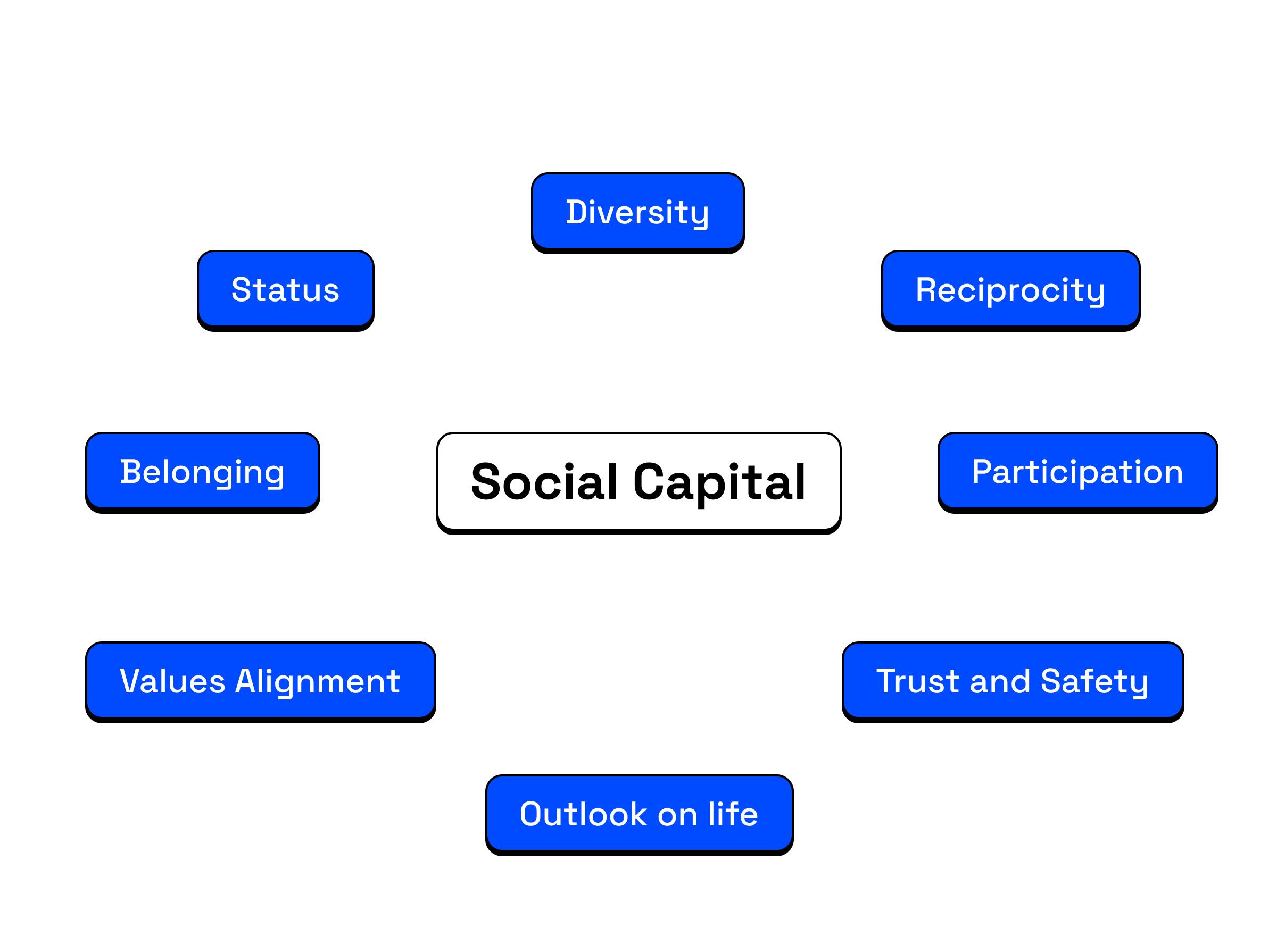
What it is: Social capital is about how sharing content affects your reputation, status, or how others perceive you. People share content that makes them look good, smart, helpful, or ahead of the curve, while they avoid sharing things that might make them seem forced or out of touch.
This capital is about social positioning; When someone shares your product, they’re essentially putting their reputation behind it. They’re telling their audience “this is worth your attention” and staking their credibility on that recommendation.
Real examples:
- Notion (Productivity App): Productivity creators share Notion templates and workflows because it positions them as organized, efficient experts. Being early to showcase advanced Notion setups make creators appear ahead of the productivity curve.
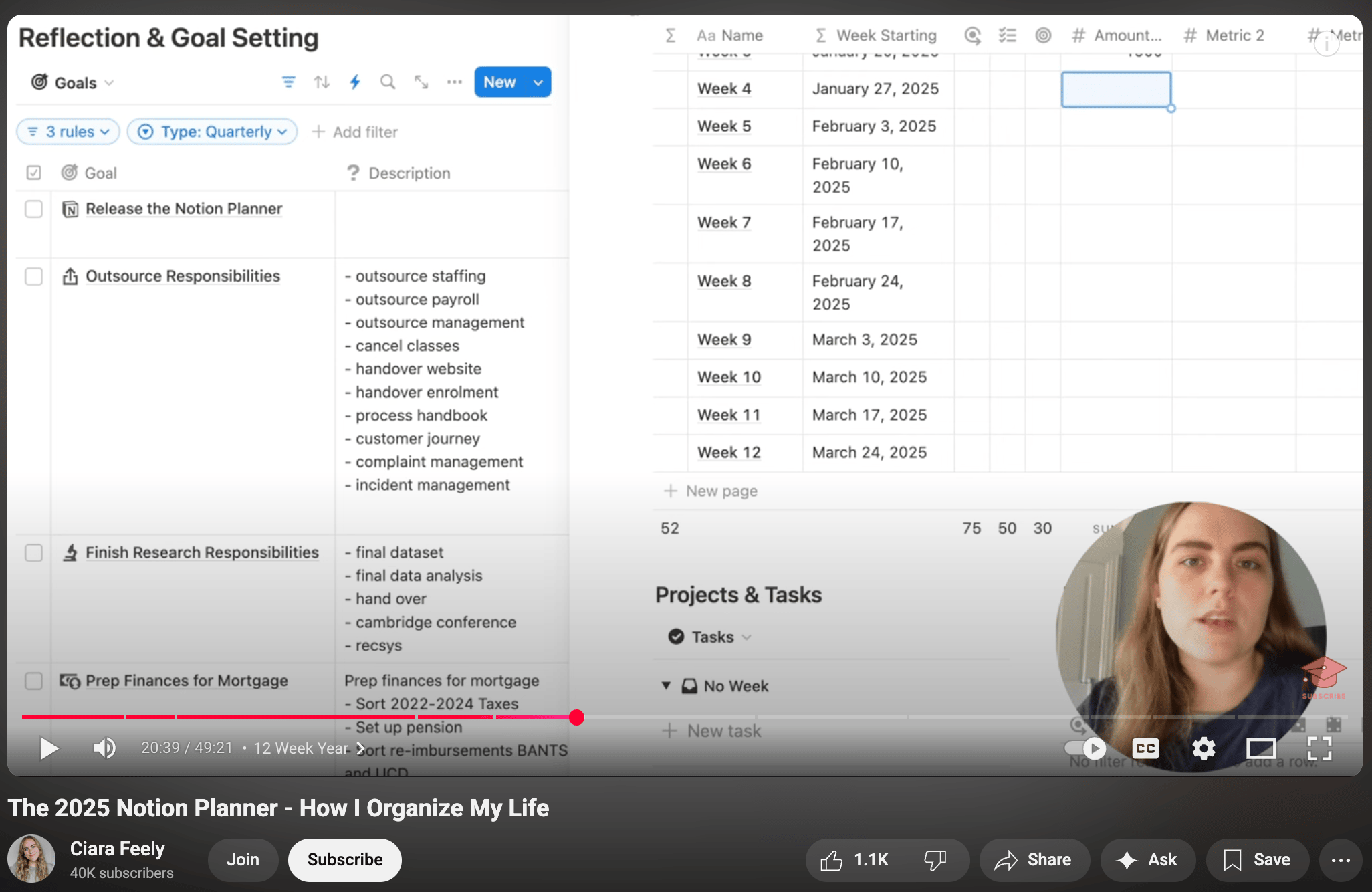
- Tesla (Electric Vehicles): Early Tesla owners and tech reviewers shared their experiences, because it positioned them as forward-thinking, environmentally conscious, and early adopters of innovative technology.
- FX Replay (Backtesting for Day Traders): We covered this story in our Growth Newsletter #272. A key piece of FX Replay’s growth was their choice to give free platform access to influential creators in the trading space, no strings attached. Creators naturally chose to share their experiences with their followers, simply because they found so much value in it and figured their communities would as well.
For creators: This can signal their association with innovative brands, being the first to discover useful products, appearing helpful to their community, and demonstrating expertise.
For audiences: They get to make new discoveries, solve problems, and stay on top of trends.
How to leverage this:
- Position your product as exclusive or cutting-edge rather than mainstream
- Share behind-the-scenes development stories and lessons that creators can pass along
- Create “insider access” opportunities that creators can share with their community
- Develop educational content that’s shareable and social-friendly to make it easy for creators to repost or share
- Emphasize what makes your product innovative or different from existing solutions
- Provide creators with interesting proprietary data or insights they can share
Personal Capital: Self-expression and Utility
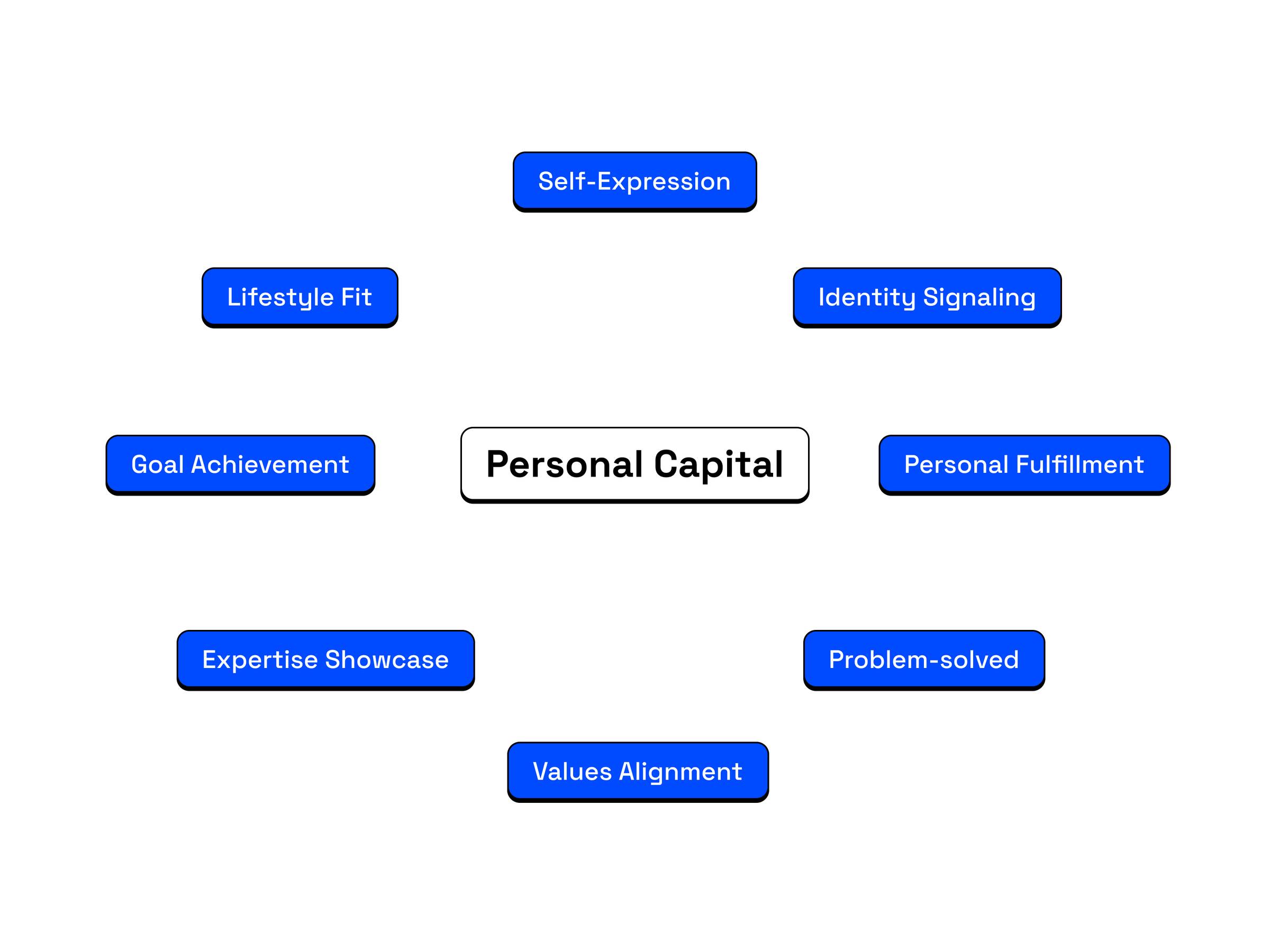
What it is: Personal capital is about self-expression and personal fulfillment. People share content that reflects who they are, what they believe in, or what helps them solve real problems they have. This can be the most authentic form of sharing because it comes from a genuine personal connection to the product or message.
When someone shares based on personal capital, they’re saying “this is part of who I am” or “this genuinely helped me.” This type of sharing often converts best because it feels like an authentic endorsement to audiences.
Real examples:
- Spotify (Music Streaming): Music lovers share their Spotify Wrapped and playlists because music taste is so core to personal identity. Creators share favorite songs and discoveries as a way of expressing their personality and connecting with like-minded audiences.
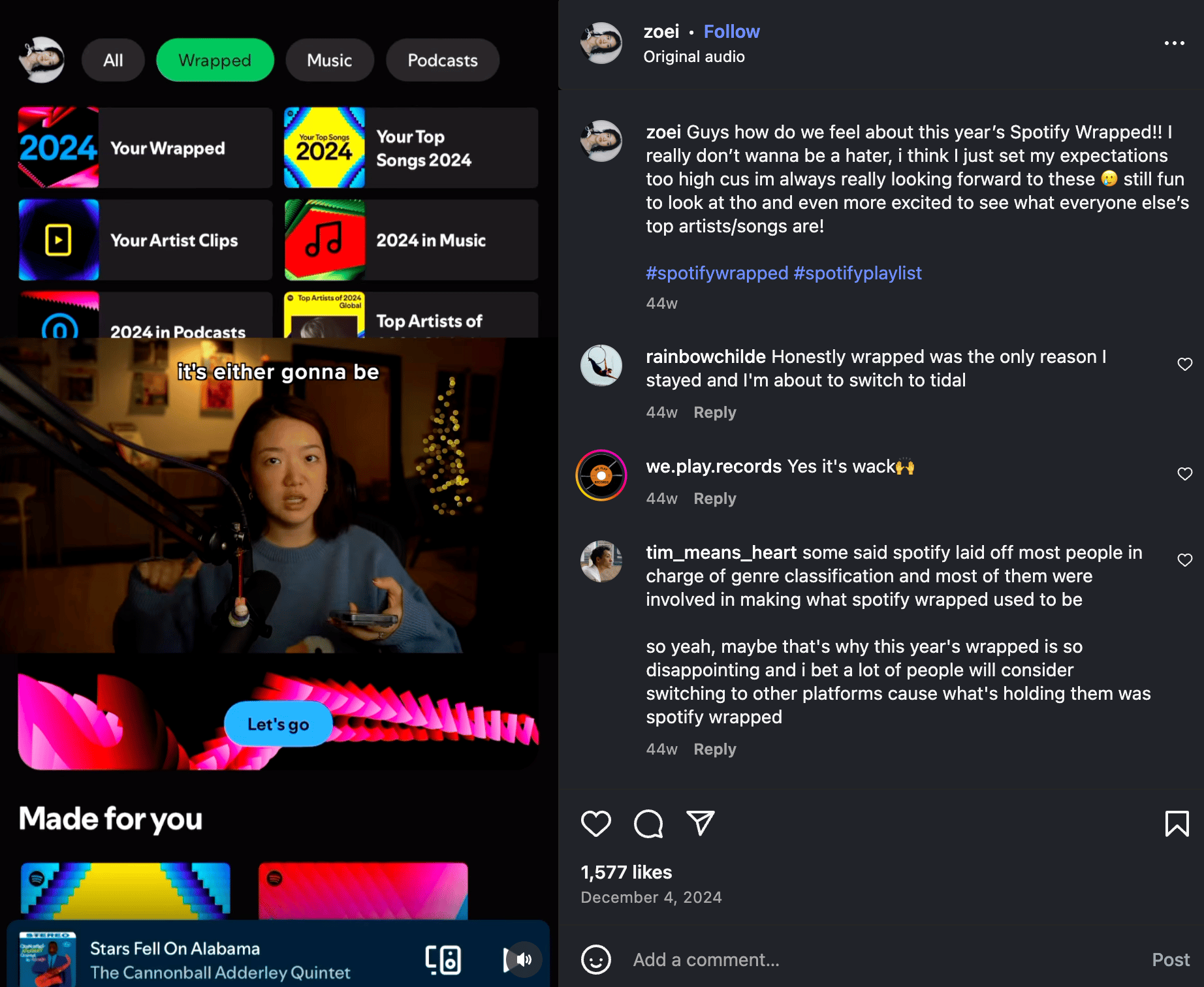
- Canva for Teams (Enterprise Design): Marketers share templates or brand kits built in Canva, highlighting both their creative expertise and ability to scale consistent branding across teams.
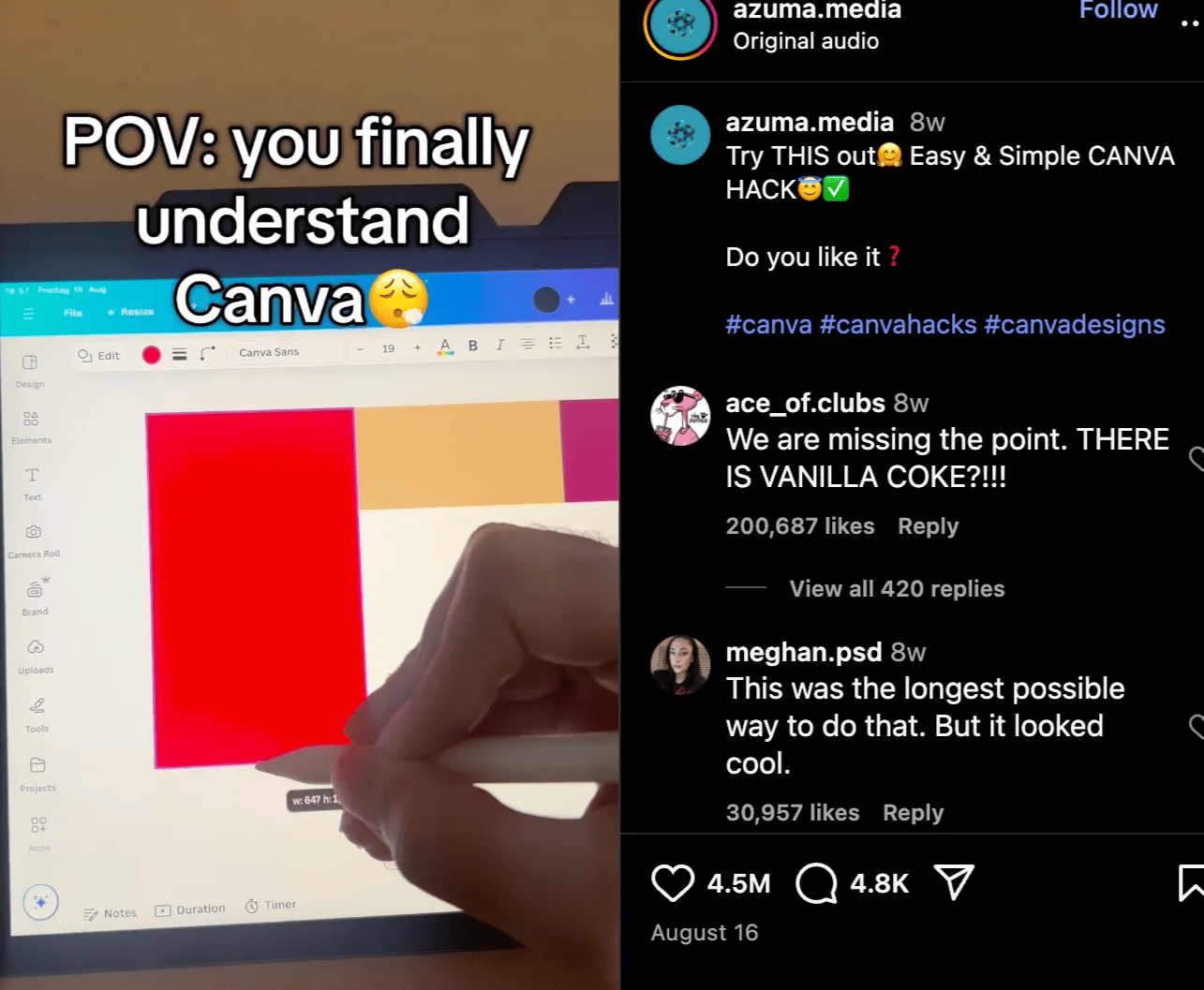
For creators: They authentically express their values, solve genuine problems they face, and create content reflective of their expertise and interests.
For audiences: They get to express themselves through product choices, solve personal problems, and align personal values with their identity.
How to leverage this:
- Ensure your product genuinely solves problems your creators might face in their daily lives
- Allow creators to customize how they present your product to match their personal style
- Align with creators whose values and interests naturally match your brand
- Focus on products that help people express their identity or achieve personal goals
- Share user stories that creators can relate to on a personal level
- Emphasize the transformational aspects of your product
The Measuring Stick: The most effective creator partnerships tap into at least two of these above motivations simultaneously. By giving creators a way to make money, raise their status, and/or express themselves, you give creators natural incentives to contribute to your efforts.
The Takeaway
If anything, this high-level overview of influencer marketing shows you why this growth lever is a unique beast. Creators and influencers have to constantly protect and nurture their personal brands, which makes this a two-way street.
So think about it like this:
The less naturally interesting your product is to a creator’s audience, the more you’ll probably have to pay them to talk about it. But if your product can deliver value by entertaining, educating, furthering self-expression, and/or solving a real problem the audience has, a creator will likely charge less because the message feels in line with their valuable personal brand.
If a creator can signal-boost your business in an interesting way to the right audience for a relatively low cost, that’s precisely where influencer marketing helps you win an unfair share of attention. When done right, it can be the secret sauce of your social efforts.
But if you’re trying to shoehorn product RTBs into rigid briefs for creators with uninterested audiences, you’re probably just going to end up paying to run another ad. Because at that point, it’s not really creator content. It's another line item in your media budget.
Gil Templeton
Demand Curve Staff Writer
Community Spotlight
News and Links
Something fun
Something fun
The Economist has run plenty of iconic, brilliant headlines throughout its existence. This is their latest for the AI age.
.png)




















